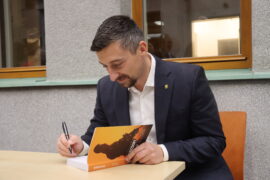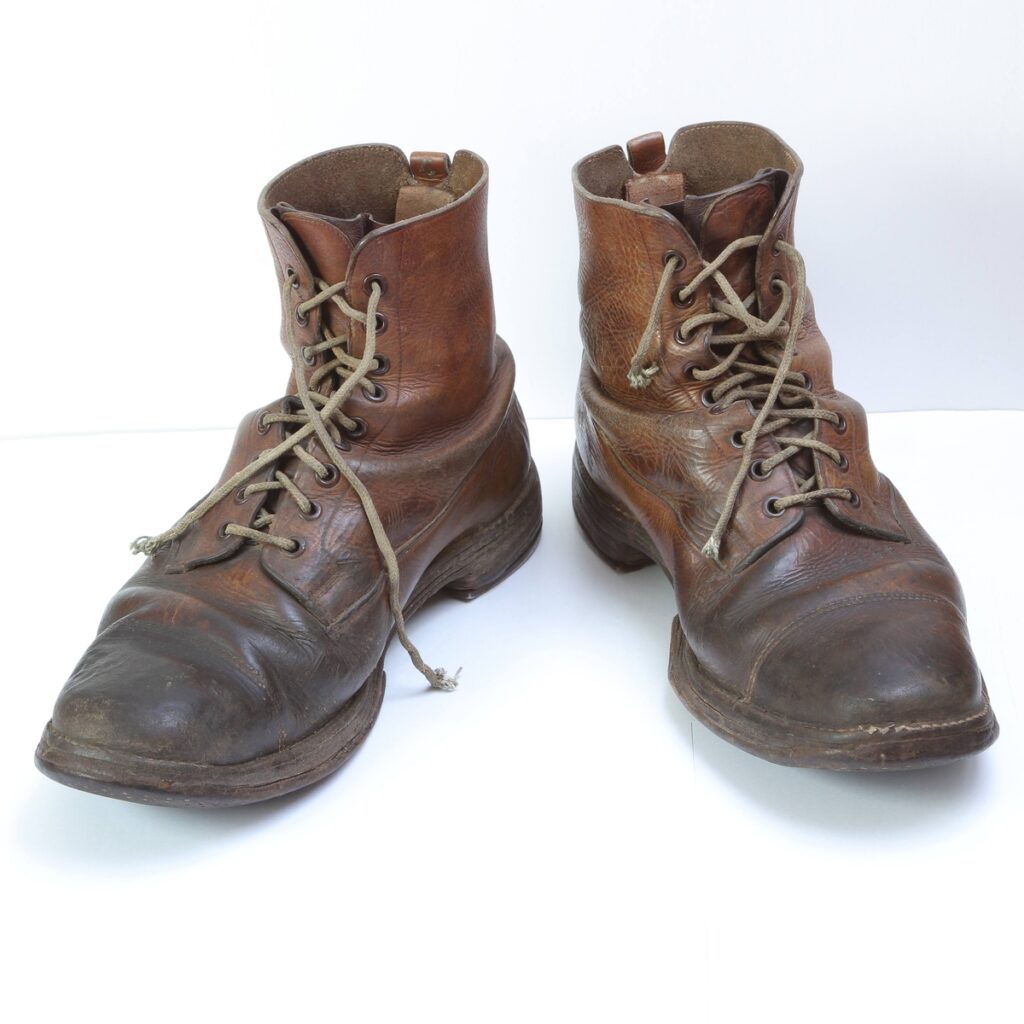
02 Boots belonging to Oldřich Pechal, Commander of Operation Zinc, 1942
Fotogalerie
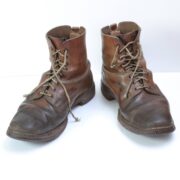
These lace-up boots belonged to Senior Lieutenant Oldrich Pechal, commander of the Zinc Paratrooper Unit. The manufacturer was the English firm of Bostock and Son, based in Stafford from the beginning of the 19th century. The boots were then produced under the LOTUS brand from the early years of the 20th century. They were used for sports and hunting or hiking. However, the main clients of the shoe factory during World War I were British Army officers.
In addition to the material, a special type of construction, the Veldtschoen, made it possible to meet demanding conditions. The term itself, which was adopted in English-speaking countries after the Boer War from the Dutch (meaning “field boots”) can be translated into English as flexible shoes. It is a type of construction where the bottom edge of the upper is folded outwards and the fold is sewn to the sole and not attached to an insole. The sole is stitched together from three layers of leather and attached at the front using wooden shoe rivets.
The landing of the three-man Zinc group occurred on 28 March 1942. Due to a navigational error, the landing was made on Slovak territory near the village of Gbely. During an attempt to cross the border, the group split up and Lieutenant Pechal got into a firefight with German customs officers. Thanks to a fake citizen’s identity card left at the scene of the shootout, the Gestapo soon began searching for Pechal. Oldrich Pechal moved to his native region and hid with his parents and friends. He left his boots, striking in appearance and workmanship, with peasant Rudolf Berka, who gave them over to the Ministry of National Defence after the war.
Aktuálně
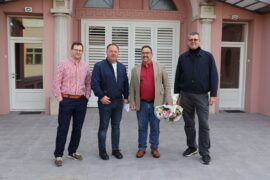
Výzkum u českých krajanů v Chorvatsku
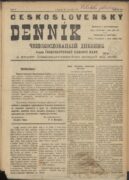
Československý deník sehrál v životě legionářů v Rusku velmi důležitou roli. Poprvé vyšel v prosinci 1917

Děkujeme za podporu pro válečné veterány. Sbírka DiGiMÁK vynesla 450 tisíc korun
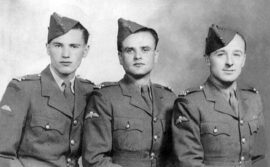
Tak trochu zamrzlé spojení
